Local Governments
- Home
- Investment Opportunities
- Sites
- Local Governments
Local Governments
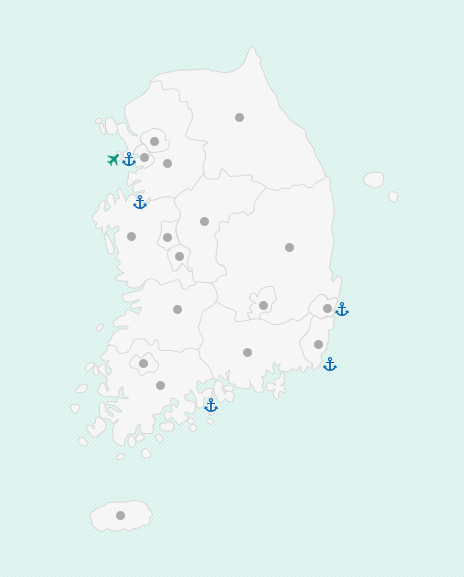
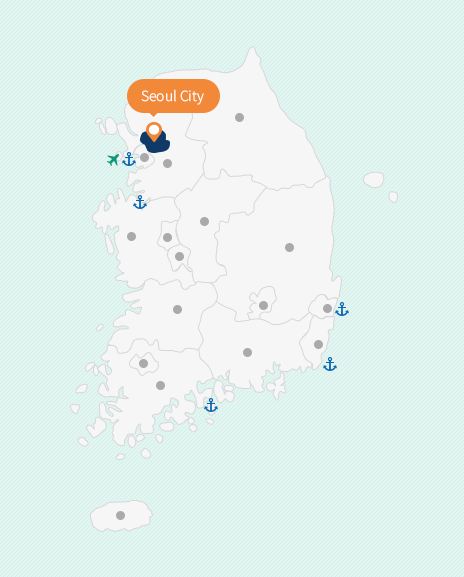
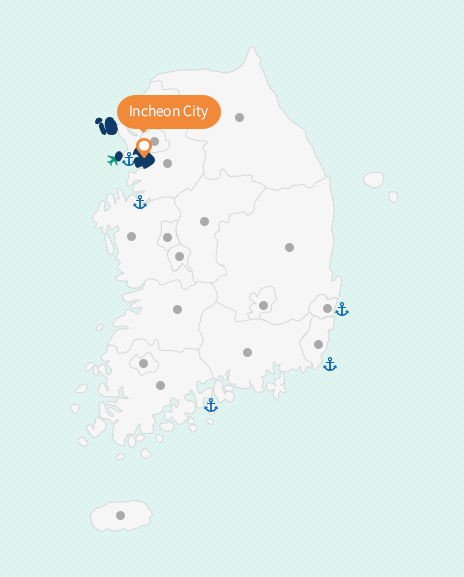
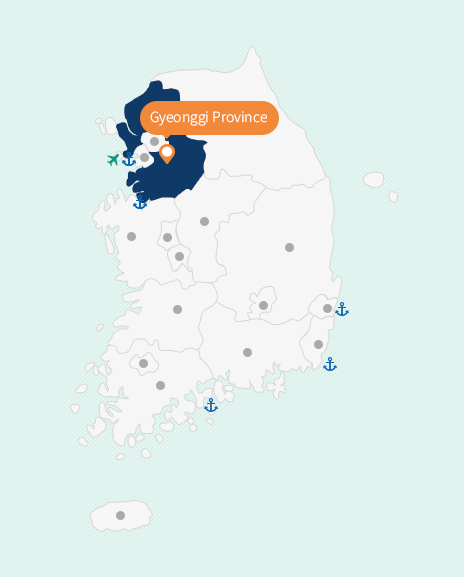
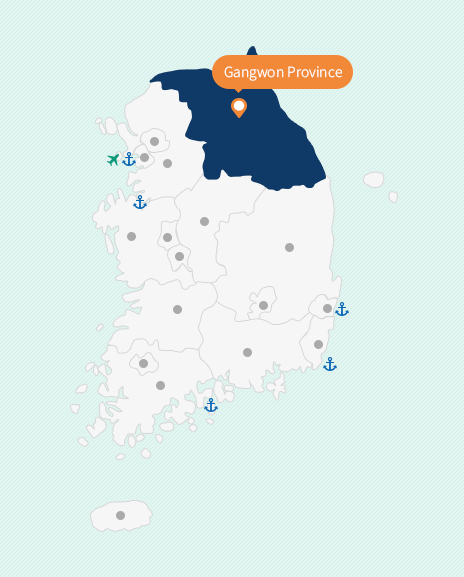
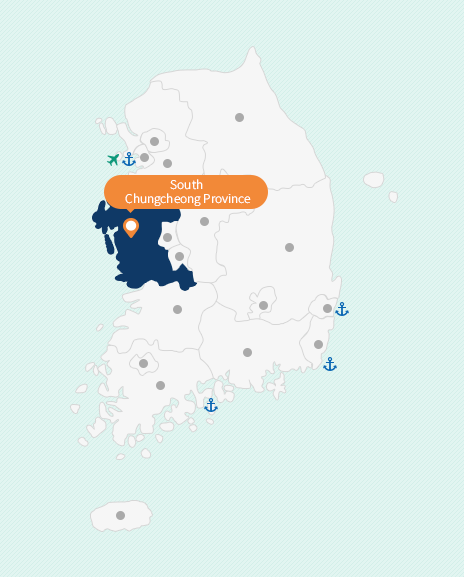
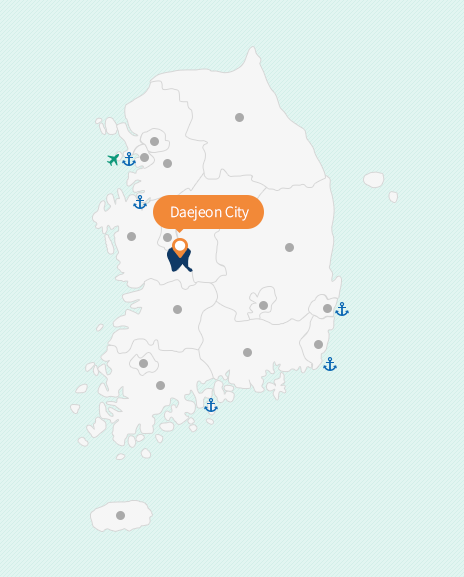
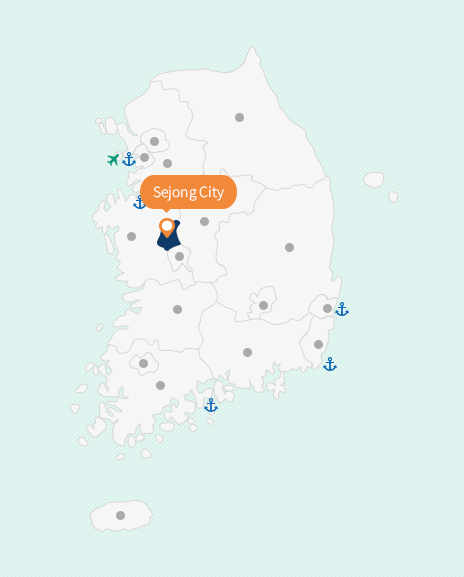
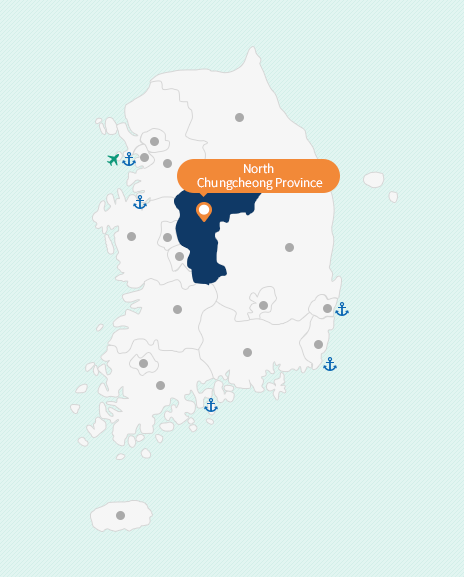
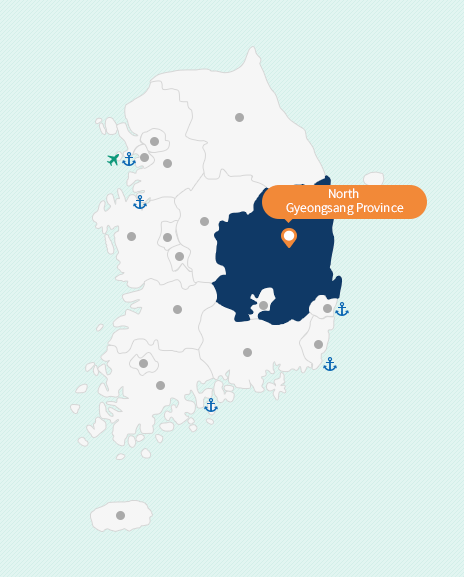
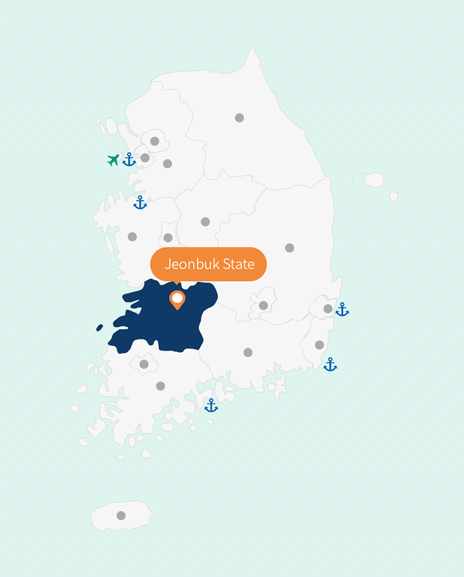

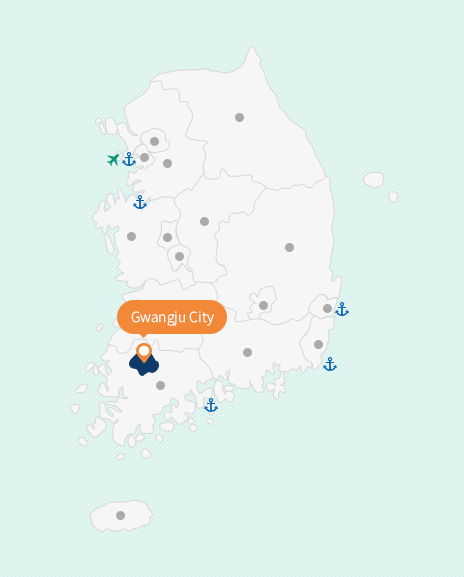
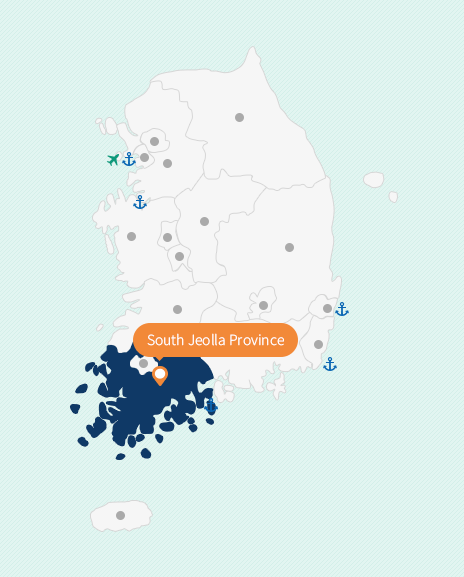
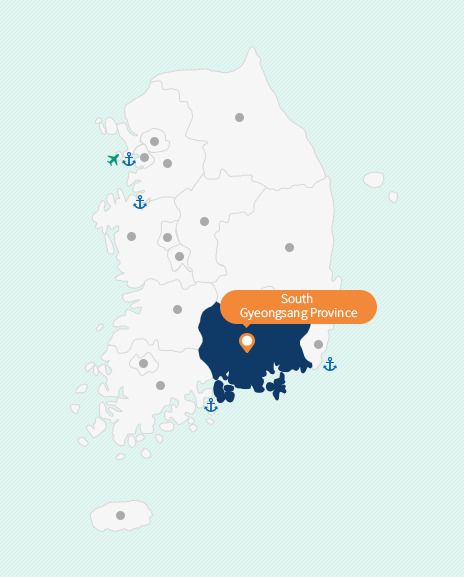
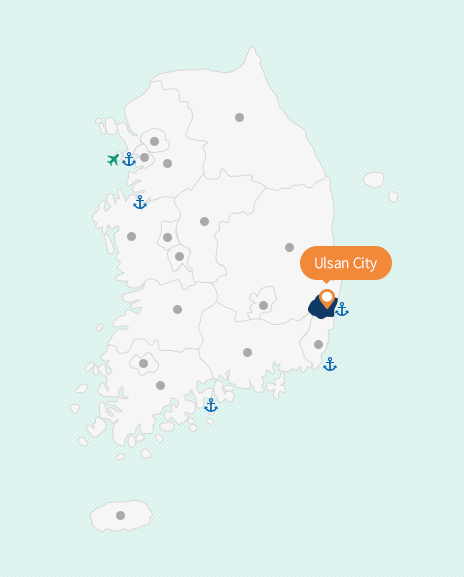
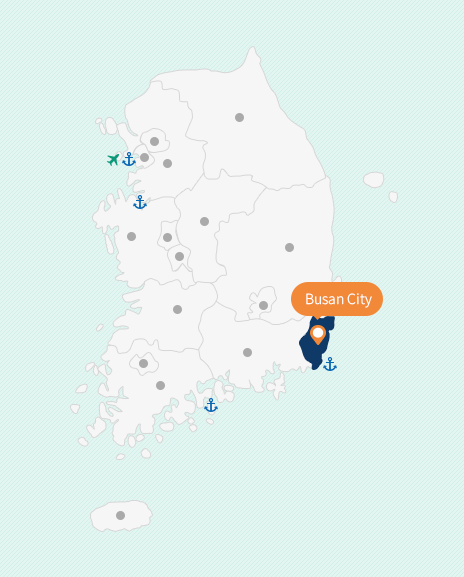
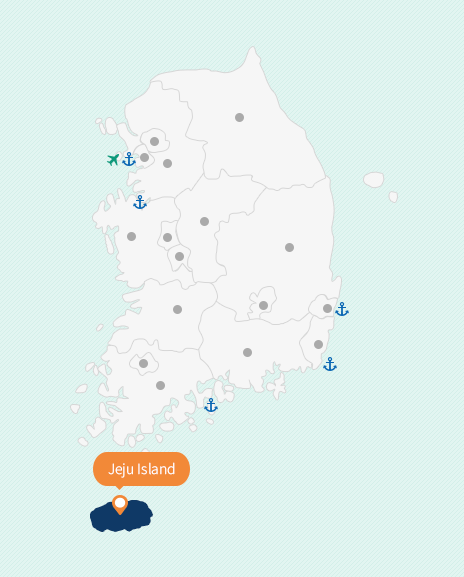
governments provide
specialized investment
environments and services.

Seoul, emerging as the
Northeast Asia’s
business hub
- Population : 9,668,465
- Key Industries : Artificial Intelligence (AI), Fintech, IT convergence engineering
- Number of Companies : 823,416
- Employees : 5,224,805
- Amount of Production(unit: one billion dollars) : 353.6

Incheon, leading the
economic development
of Korea
- Population : 2,942,828
- Key Industries : High-tech auto engineering, robotic engineering, bio-healthcare, beauty, aviation, logistics, tourism, Green Climate Fund (GCF)
- Number of Companies : 206,183
- Employees : 1,092,389
- Amount of Production(unit: one billion dollars) : 75.4

Gyeonggi Province, the
hub connecting East
Asia and the Pacific
- Population : 13,427,014
- Key Industries : Bio-healthcare, Artificial Intelligence, Big-data, Media/ content, Semiconductor, Materials-parts
- Number of Companies : 934,197
- Employees : 5,301,867
- Amount of Production(unit: one billion dollars) : 397.5

Gangwon Province, the
Mecca of Korean
tourism and leisure industry
- Population : 1,542,840
- Key Industries : Natural bio products, ICT-based digital healthcare, Ceramic matrix composites (CMCs)
- Number of Companies : 146,782
- Employees : 669,819
- Amount of Production(unit: one billion dollars) : 39.4

South Chungcheong
Province, located at the
center of Korea
- Population : 2,121,029
- Key Industries : Smart (Human) bio technology, Green mobility, Next-generation display
- Number of Companies : 176,563
- Employees : 973,844
- Amount of Production(unit: one billion dollars) : 97.6

Daejeon,
the City of Science & the Center of State Administration
- Population : 1,445,221
- Number of Companies : 164,095
- Number of Employees : 688,457
- Economic Output (Unit: USD 1 billion) : 32.3

Sejong Special Self-
Governing City is the
administrative capital of
Korea.
- Population : 355,831
- Key Industries : Smart city, Smart green versatilely applicable parts & materials
- Number of Companies : 18.035
- Employees : 125,372
- Amount of Production(unit: one billion dollars) : 9.6

North Chungcheong
Province, a gateway to
Sejong City
- Population : 1,600,837
- Key Industries : Bio-healthcare, Components of smart devices, Transporting equipment/machine parts
- Number of Companies : 133,419
- Employees : 740,846
- Amount of Production(unit: one billion dollars) : 57.6

North Gyeongsang
Province, the hub of the
global electronic and
textile industry
- Population : 2,639,422
- Key Industries : Smart digital device, New and advanced materials / parts processing, Lifecare beauty, Greener, omni-purpose textile materials production
- Number of Companies : 236,745
- Employees : 1,149,942
- Amount of Production(unit: one billion dollars) : 90.3

Jeollabuk-do,
playing a central role in
Korea’s trade with
China
- Population : 1,804,104
- Key Industries : Smart agro-science / F&B, Intelligent machine, Carbon/composite materials engineering, Shipbuilding & maritime /energy
- Number of Companies : 154,082
- Employees : 720,052

Daegu, a high-tech
industry city based on
industrial infrastructure
- Population : 2,418,346
- Key Industries : Highly efficient energy system, Digital medical-healthcare services, Transporting equipment /machine parts manufacturing
- Number of Companies : 210,867
- Employees : 967,455
- Amount of Production(unit: one billion dollars) : 46.9

Gwangju, a good place
to do business and
work in, and the city of
justice and abundance
- Population : 1,450,062
- Key Industries : Smart home appliance solutions, Photonics convergence, Smart molding solutions, Digital biomedical technology
- Number of Companies : 123,631
- Employees : 631,134
- Amount of Production(unit: one billion dollars) : 33.8

South Jeolla Province, a
gateway to China
- Population : 1,851,549
- Key Industries : Low carbon, smart materials & parts manufacturing, Green energy, High-tech transport equipment parts, Bio-healthcare
- Number of Companies : 161,823
- Employees : 774,043
- Amount of Production(unit: one billion dollars) : 64.2

South Gyeongsang
Province, a massive
consumer market of 15
million people
- Population : 3,340,216
- Key Industries : High-tech avionics, Smart machine & equipment, Nanotechnology-based smart parts manufacturing ,Anti-aging medicine
- Number of Companies : 286,671
- Employees : 1,427,251
- Amount of Production(unit: one billion dollars) : 93.5

Korea’s largest industrial city
Ulsan is regarded as the best city for business activities, equipped with national industrial complex, abundant industrial utilities, optimal logistical infrastructure, excellent human resources, and cutting-edge research facilities.
- No. of Population : 1,138,419 (as of 2021)
- Major Industries : Automobile, Petrochemical, Shipbuilding
- No. of Companies : 87,054 (as of 2019)
- No. of Employees : 533,187 (as of 2019)
- Production Amount : KRW 68.6114 trillion (as of 2020)

World's 2nd busiest transshipment port
World’s 7th largest container port
International gateway connecting the economies of the Asia-Pacific and Eurasia
- Population : 3,391,946
- Key Industries : Smart Marine, Intelligent Machines, Future Mobility, Global Tourism, Intelligent Information Service, Life Care, and Clean Technology
- Number of Companies : 290,291
- Employees : 1,465,878
- Amount of Production(unit: USD 1 billion) : 76.3

Jeju Island, the land of
promise
- Population : 674,635
- Key Industries : Smart tourism, Green energy, Clean bio technology
- Number of Companies : 66,057
- Employees : 286,047
- Amount of Production(unit: one billion dollars) : 16.5










